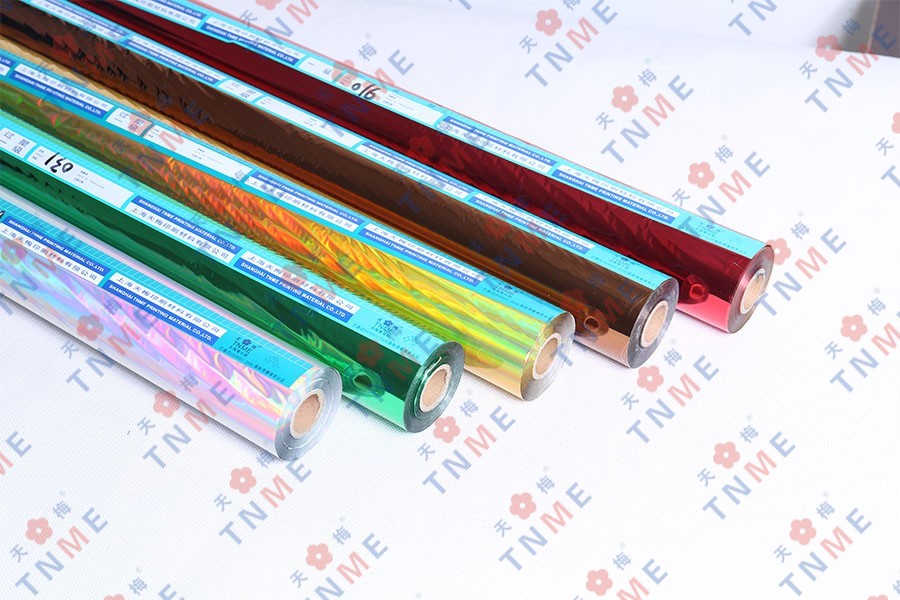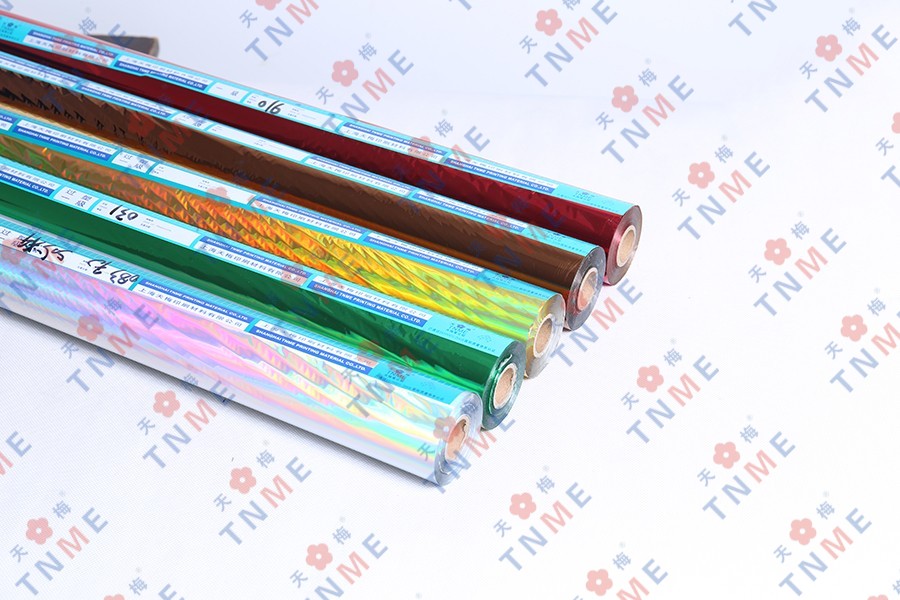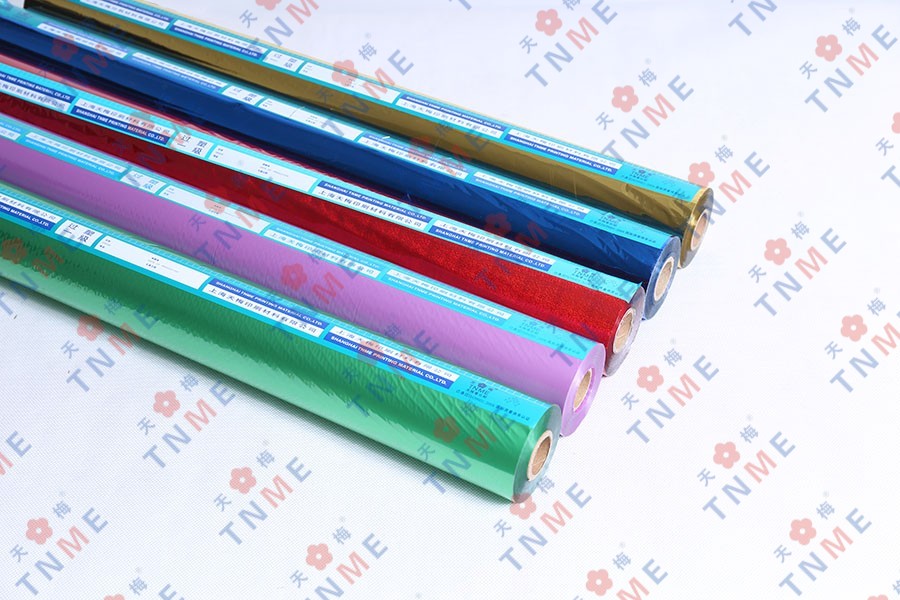The Material Characteristics Of Cold Foil
Cold foils are used for printing labels, packaging, and other types of printed materials. The aluminum layer can be printed using conventional offset printing presses, allowing a wide range of design possibilities. Cold foil is also used to print on unique surfaces like leather and fabric.
The material characteristics of cold foil depend on the type of aluminum and adhesive used in the process. Some of the key material characteristics of cold foil include:
Reflectivity: Cold foil is made of aluminum, which is a highly reflective material. This can make printed materials appear more vibrant and eye-catching.
Flexibility: Cold foil can be applied to a wide range of substrates, which can vary in flexibility and rigidity. The aluminum layer itself is relatively thin and flexible, which allows it to conform to the contours of the substrate.
Adhesion: Cold foil uses a metallic adhesive to bond the aluminum layer to the substrate. This adhesive is typically a water-based or solvent-based polymer that is applied to the substrate before the aluminum is applied. The adhesion strength of the aluminum layer will Depend on the quality of the adhesive and the surface preparation of the substrate.
Durability: Cold foil is a relatively durable material that can withstand scratches, fading, and other types of wear and tear.
UV resistance: Cold foil aluminum layer can be UV resistant which makes it suitable for outdoor applications.
Temperature resistance: Cold foil aluminum layer can be resistant to high and low temperatures, which makes it suitable for a wide range of environments and applications.
Chemical resistance: Cold foil aluminum layer can be resistant to certain chemicals and solvents, depending on the adhesive used.
It's worth noting that the material characteristics of cold foil may also depend on the thickness of the aluminum layer and the quality of the substrate.




 English
English 中文简体
中文简体

















